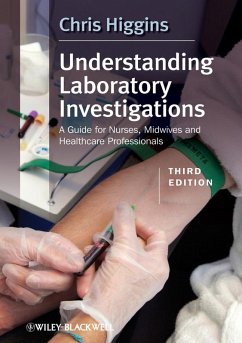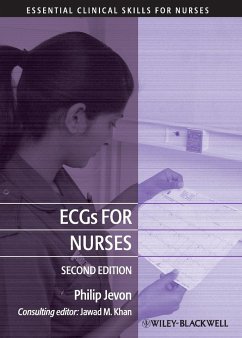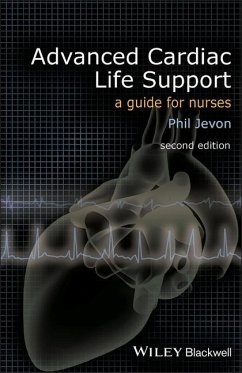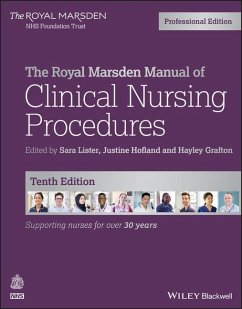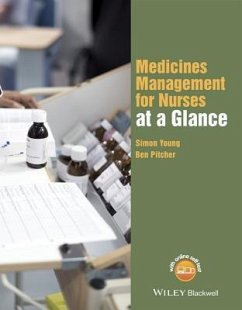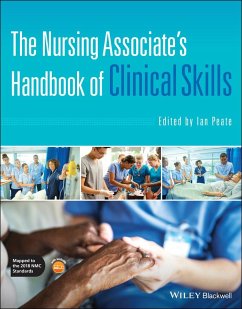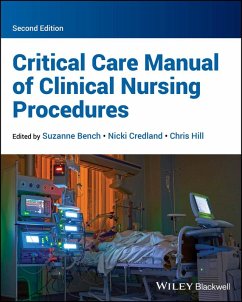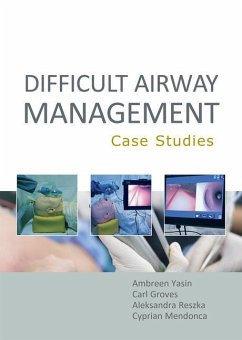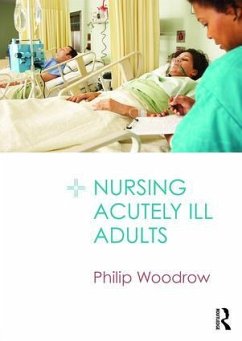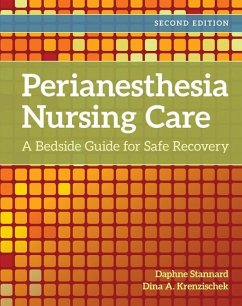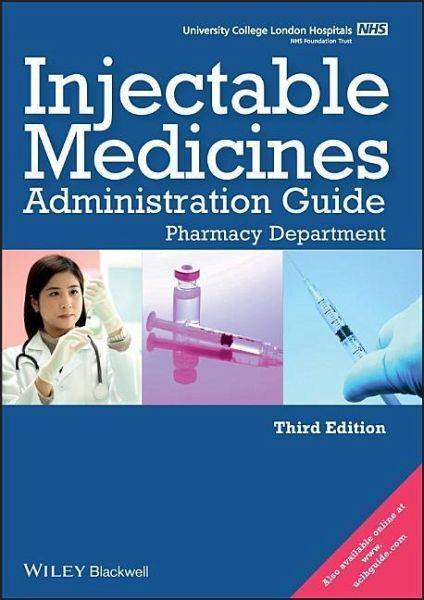
Ucl Hospitals Injectable Medicines Administration Guide
Pharmacy Department
Versandkostenfrei!
Versandfertig in 2-4 Wochen
48,99 €
inkl. MwSt.
Weitere Ausgaben:

PAYBACK Punkte
24 °P sammeln!
The UCL Hospitals Injectable Medicines Administration Guide is a practical, accessible guide covering many important aspects of administering medicines by injection. It provides clear, concise information on the preparation and administration of over 245 injectable medicines for adults, paediatrics and neonates.




